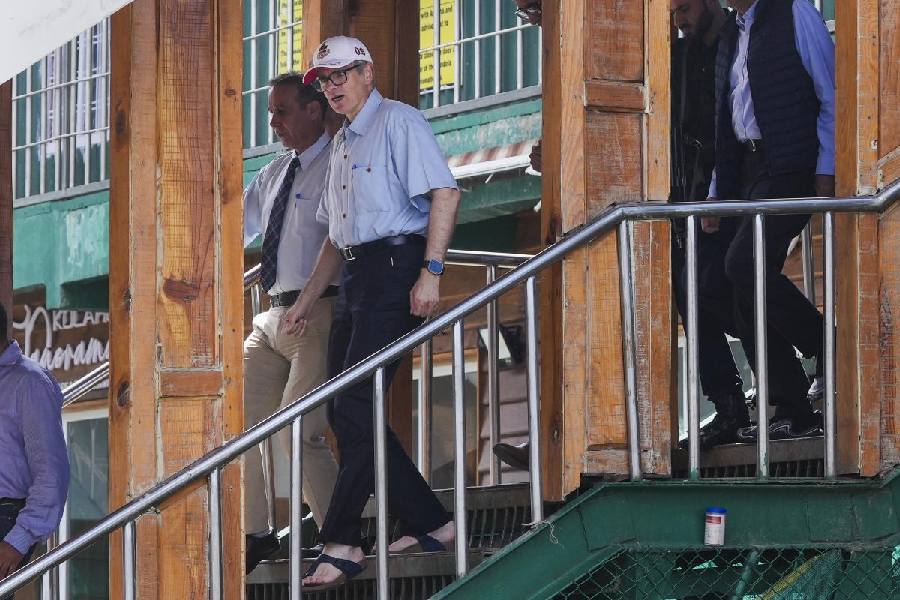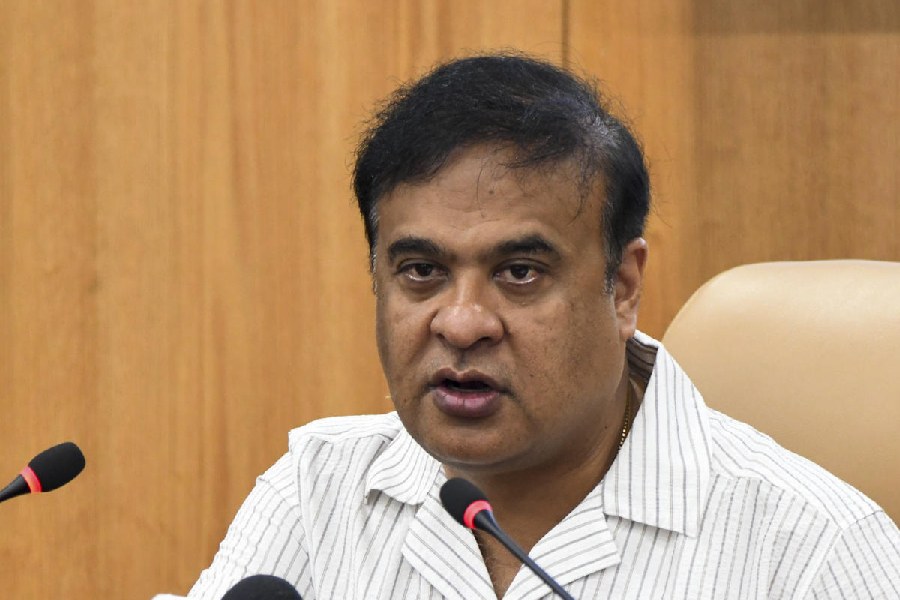 |
| Bodo women spin eri at a centre in Udalguri. Telegraph picture |
Guwahati, July 16: Udalguri district in the Bodoland Territorial Areas District (BTAD) could become a model one in silk production for the entire Northeast.
The Central Silk Board said this in a report submitted this month by two of its officials after they undertook a tour to Guwahati and Udalguri last month to review the progress in the silk sector.
“Udalguri district under the Bodoland Territorial Council (BTC) can excel as a model district in the entire region not only in eri and muga but also in mulberry silk production,” said the deputy secretary-technical of the board, Moncy Issac, in the report.
B.S. Angadi and Issac, who is also the zonal co-ordinator for the Northeast, said in the report that Udalguri district was a model for sericulture development in the BTAD and excellent progress was made in this district.
“Convergence of schemes, especially for nursery development (both mulberry and Vanya sectors) has been done by the BTC in Udalguri. Muga nursery (about 50,000 saplings) has been developed with funding from MGNREGA, which can cater to direct plantations in more than 1,000 acres,” the report said.
A foundation stone for a commercial mulberry silkworm seed production centre was laid in Udalguri last month. The centre can produce about 50,000 disease-free layings per annum, to meet the seed requirement of the Udalguri cluster in the initial years.
The BTAD enjoys the unique distinction of producing all the three varieties of commercially exploited natural silks — eri, muga and mulberry. The Bodo belt is the largest producer of eri raw silk in Assam after Karbi Along. A total land area of 2,895 hectares is covered under muga, eri and mulberry silkworm food plant in the BTAD with 51,195 families being directly involved in sericulture.
The officials said at present, around 611 metric tonnes of raw silk was produced in the districts governed by the BTC, which is about 30 to 40 per cent of the total raw silk production of Assam.
“The BTC has proposed to establish a directorate of sericulture complex and four model sericulture farms with all infrastructure facilities, at Sapakhati in Udalguri, Jalah and Bangtol in Baksa and Adabari in Kokrajhar with an aim to produce 1,000 metric tonnes of raw silk at the end of the Twelfth Plan. It is envisaged to develop a total of 1,510 hectares under muga, eri and mulberry,” a senior Central Silk Board official said.
The officials said unlike eri, muga and mulberry culture was not popular amongst the Bodo populace. However, during the Tenth Plan onwards, muga and mulberry culture was introduced in a systematic way in the BTAD and within a short time, and the pace of these two varieties took a very progressive trend.
The report said scientists of the silk board should pay more attention for transfer of technologies to the field.
“Farmers are willing to take up new technologies. It was observed that though the plantations have grown well, proper care has not been given, especially inputs to the plants. Applying foliage spray, pruning at appropriate time and providing other inputs to the plants are essential to rear healthy silkworm to get quality cocoons” the report said.











